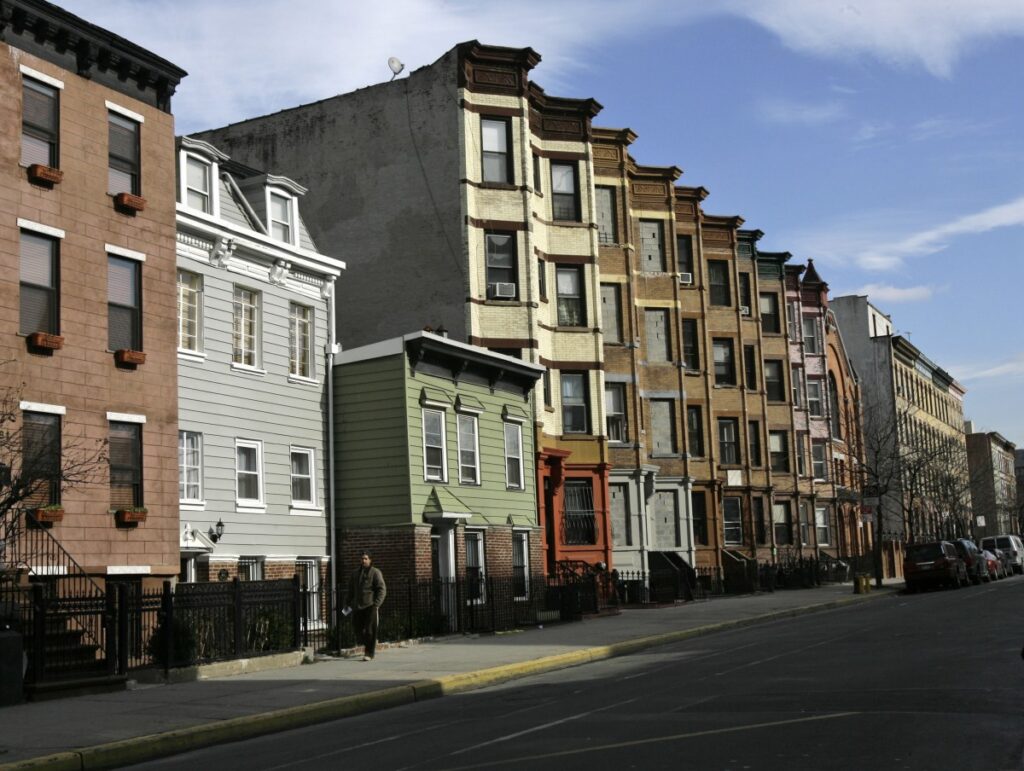
The Massive Potential of Opportunity Zones with Infrastructure+
Economic development is a long-term process, and Opportunity Zones (OZs) are a relatively new policy aimed at revitalizing distressed communities. While it’s still early to gauge their full impact, initial research offers promising insights into their effectiveness.
What Are Opportunity Zones?
Opportunity Zones are areas identified by the government as economically distressed, offering tax incentives to investors who commit capital to these regions. The primary goal is to stimulate economic growth and improve the quality of life for residents. However, the effectiveness of OZs has been hotly debated.

In June 2020, President Donald Trump claimed that his administration had “done more for the Black Community than any President since Abraham Lincoln,” with Opportunity Zones leading his list of accomplishments. He boasted that “countless jobs and $100 billion of new investment” had flowed into the most distressed neighborhoods in the country, though actual investment estimates are much lower.
Contrary to Trump’s claims, a growing body of evidence suggests that Opportunity Zones may not be delivering the intended benefits. The premise that communities are distressed solely due to a lack of private investment, and that tax policy can easily remedy this, is overly simplistic. Critics argue that while OZs are lucrative for investors, they don’t necessarily uplift the communities they’re meant to help. The purpose of OZs should be to uplift underserved communities first, with investor profits as a secondary benefit. With that order of priorities in mind, let’s look at how investors can responsibly target opportunity zones for investment.
Sustaining CRE Amid Gentrification
In today’s constantly evolving commercial real estate (CRE) landscape, striking a balance between expansion and community preservation is one of the most significant challenges we face. As leaders in the real estate community, it’s crucial to adopt responsible practices that promote growth while mitigating the adverse effects of gentrification.
How can you sustain community while investing in CRE?
- Give Back Through Housing Initiatives: Allocate a portion of your project’s funding to develop affordable housing units. This could include rental apartments or homes within mixed-use developments, preventing displacement of original community members.
- Bring Jobs With You: Implement local hiring initiatives and job training programs as part of your development plans. This not only creates employment opportunities but also fosters a sense of ownership and strengthens the local workforce.
- Community Listening: Engage with the community throughout the development process. Soliciting feedback from residents and local organizations ensures that your project aligns with the community’s values and aspirations.
Read the full list here

These strategies allow investors to contribute positively to the welfare of the community while pursuing CRE projects, fostering a more inclusive and sustainable environment. Opportunity Zones can work if responsible investors coordinate and communicate with the people and institutions in the OZs they target.
The Role of Infrastructure in Opportunity Zones
One of the key factors in the success of OZs is the improvement of infrastructure. BuildCentral’s Infrastructure+, provides valuable insights into where new roads, sewers, and other essential services are being developed. This tool saves time by helping investors and developers determine the feasibility of projects in OZs, answering critical questions like, “Is there septic there? Are roads and sewers available?”
What Projects Constitute the of Opportunity Zone Investments?
While infrastructure plays a critical role, the kinds of projects typically pursued in OZs often involve existing real estate assets. Investors may focus on acquiring land, developing retail spaces, or refurbishing existing structures like strip malls, data centers, warehouses, or industrial plants. These projects are often more attractive than new infrastructure developments.
With the rise of the Infrastructure Investment and Jobs Act, there’s potential for OZs to play a role in larger infrastructure projects, especially in areas requiring significant development. However, the current trend leans toward projects that offer immediate commercial viability.
Visualizing Opportunity Zones with Geospex
Using tools like Geospex from BuildCentral’s Infrastructure+, investors can visualize OZs and understand the demographics of the people living there. This visualization helps identify the areas that will benefit most from investment and ensures that funds are directed where they are needed most.

Imagine planning a high-quality strip mall with top-notch amenities and retail spaces. The success of such a venture heavily relies on accessibility. Infrastructure+ provides early-stage data on road developments, allowing developers and investors to make informed decisions. By understanding where new roads, sewers, and other critical infrastructure are being built, CRE professionals can strategically select sites that are primed for growth.


